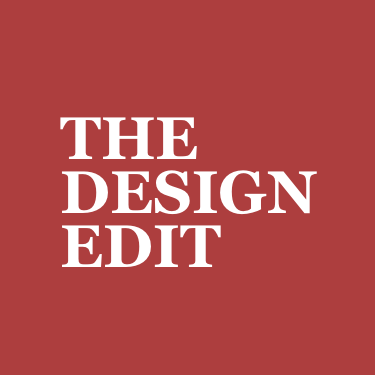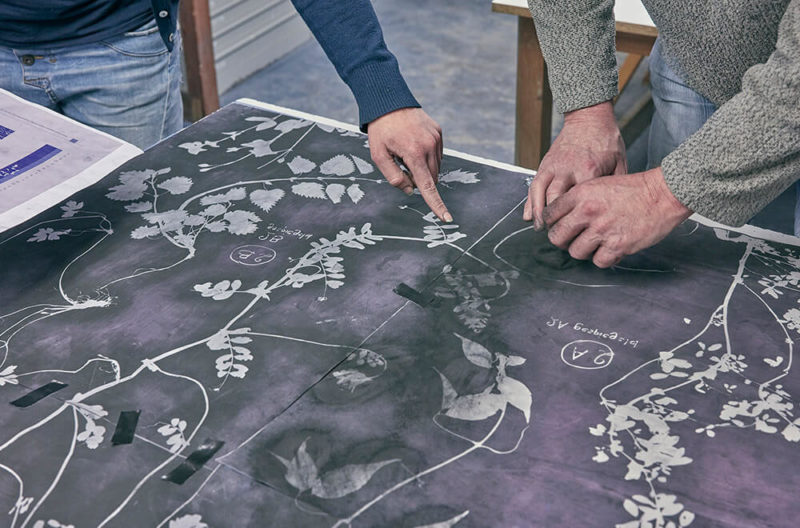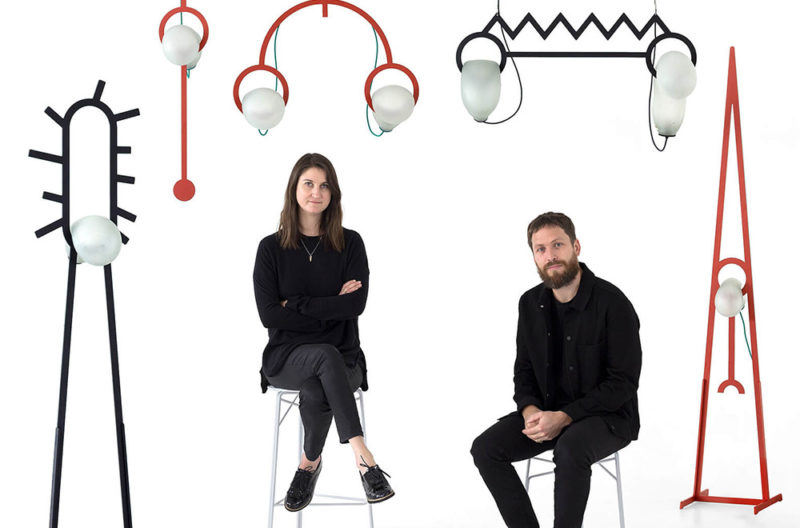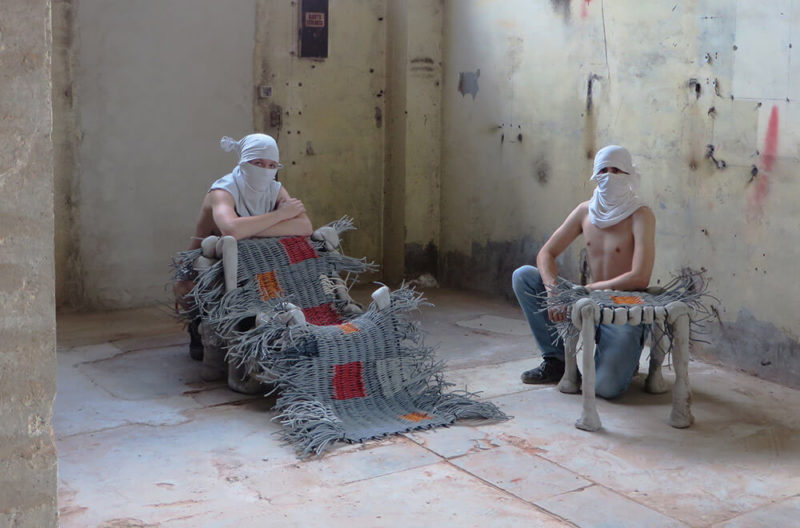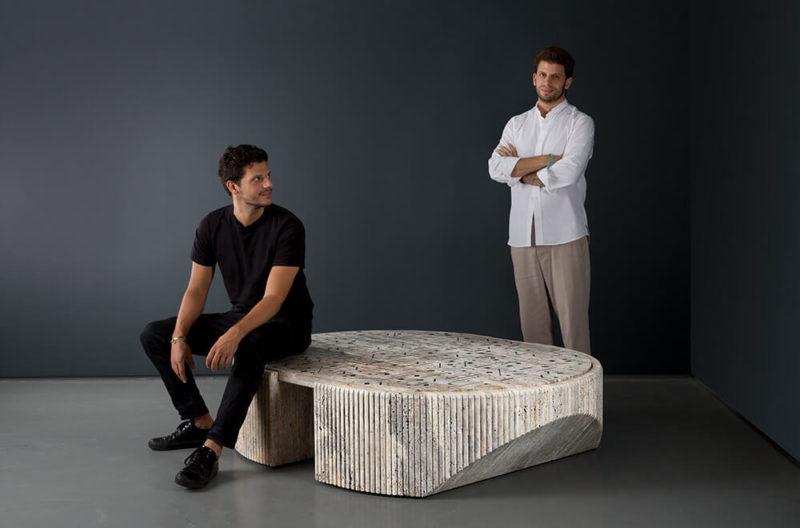Design Duos / Formafantasma
Two heads, one designer.
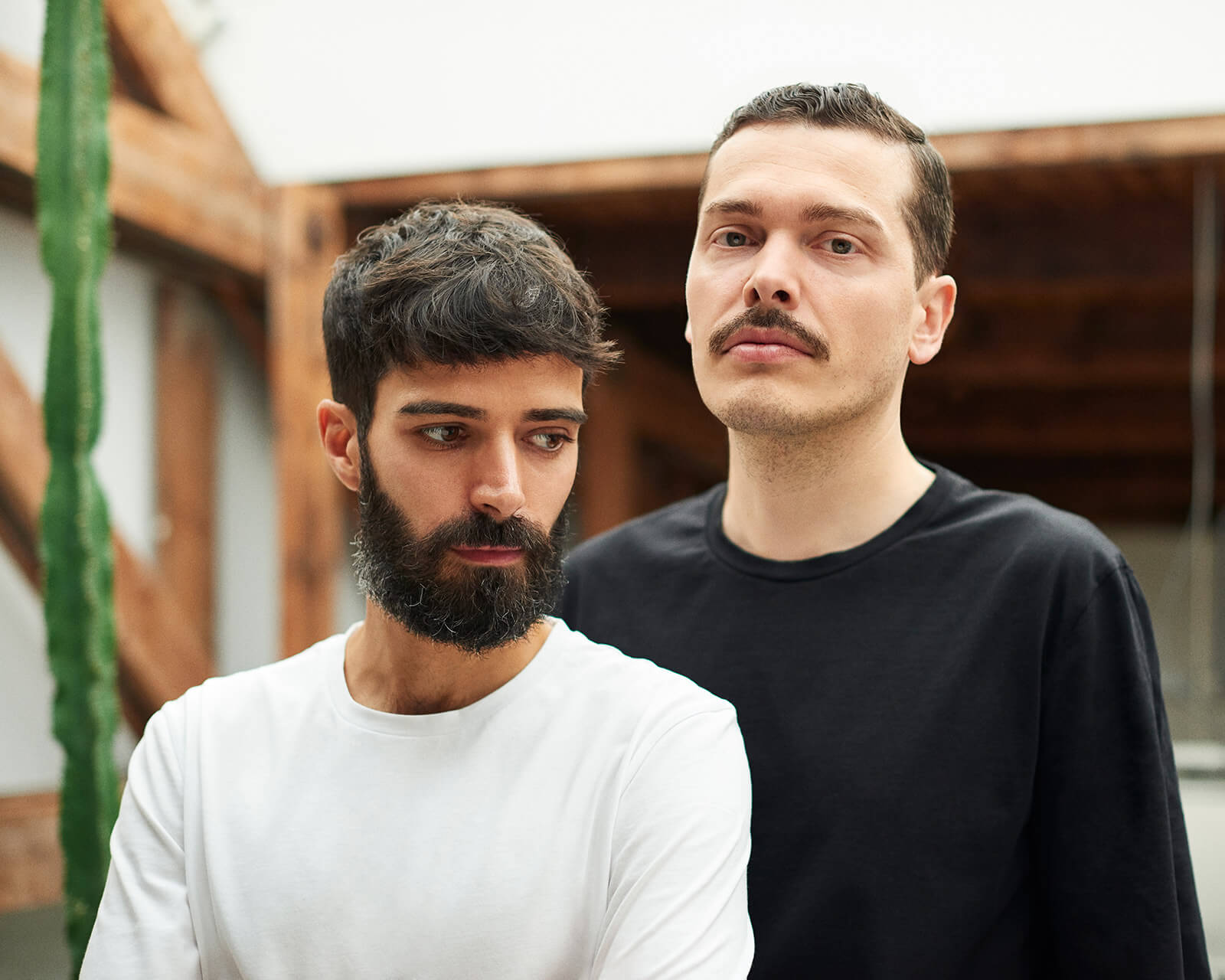
Formafantasma: Andrea Trimarchi and Simone Farresin
COURTESY: Formafantasma
AMSTERDAM-BASED ITALIANS Andrea Trimarchi (1983) and Simone Farresin (1980) met at The Florence Institute of Design International. It was as Studio Formafantasma, however, that they applied to the Design Academy Eindhoven and as Studio Formafantasma that they graduated, in 2009. Ever since, they have been elaborating a design practice as a duo that encompasses materials research, curating and exhibitions design, as well as product design. They are as interested in the hinterland of design – the origins of materials, the histories of aesthetics, the politics of production – as they are in finished products.
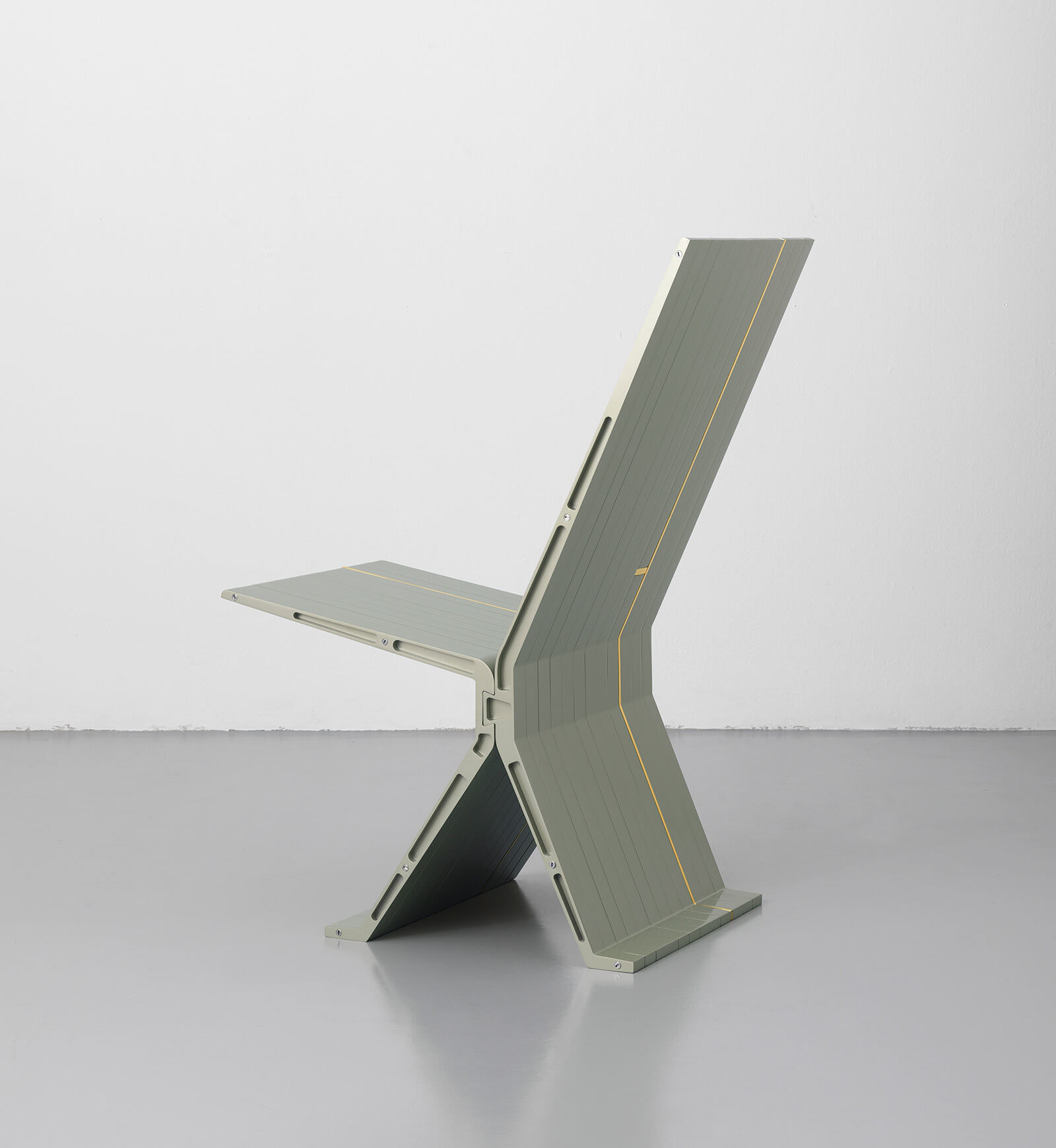
Formafantasma, ‘Ore Streams’ chair, 2019
COURTESY: Formafantasma / PHOTOGRAPH: IKOS
The studio has collaborated with leading brands and galleries including Fendi, Max Mara – Sportmax, Hermès, Droog, Galleria Giustini / Stagetti Roma, Gallery Libby Sellers, Established & Sons, Lexus, Krizia International and Flos. But it is for their searching adventures in analysis, story-telling and exhibition-making – as well as object-making – that they are most celebrated. These extend from their graduation project, Moulding Tradition (2009), to Botanica (2011) and De Natura Fossilium (2014), up until their most recent investigation into the timber industry, Cambio, currently due to reopen at The Serpentine Gallery in London on 29th September.
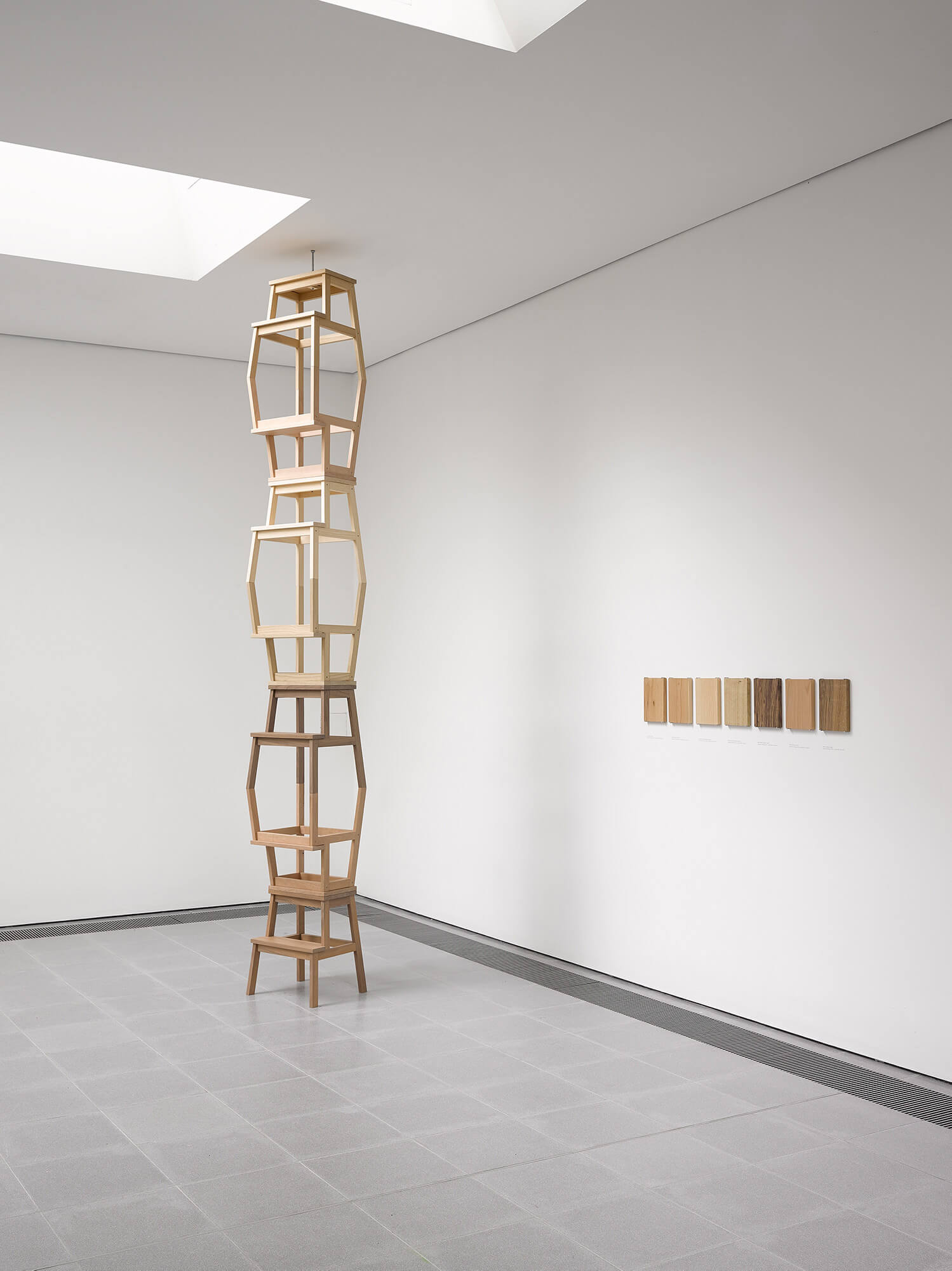
Installation view, ‘Cambio’, 2020. View of East Gallery, Serpentine Galleries.
COURTESY: Formafantasma / PHOTOGRAPH: George Darrell
The Design Edit (TDE): How did you meet?
Andrea Trimarchi: We began as a love story – because, of course, we are a couple – and immediately started collaborating on projects together at university in Florence. After we graduated, we were both working in graphic design studios, and then decided that we wanted to study together. So we applied to the Design Academy Eindhoven.
Simone Farresin: We applied as a duo.
Andrea Trimarchi: Weirdly, we had two portfolios that were exactly the same, with my name on one and Simone’s on another. We were already called Formafantasma. And we were very clear in our covering letters that we could only come if we could come together. In the beginning they tried to split us up, but we insisted on having the experience together.
Simone Farresin: Our graduation work was also as a couple. That was our identity as designers.
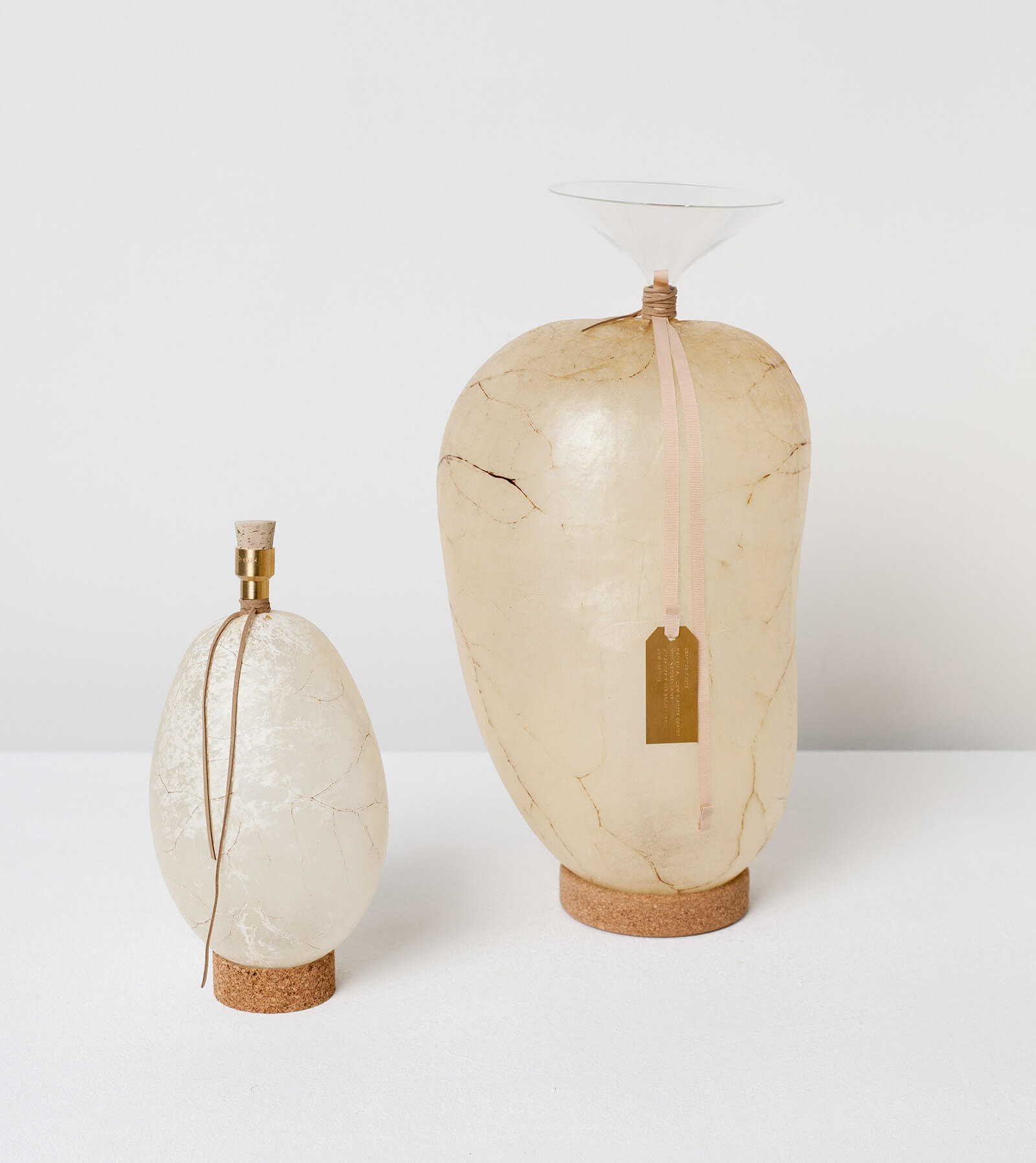
Formafantasma, ‘Craftica’ bladders water containers, 2012
COURTESY: Formafantasma / PHOTOGRAPH: Luisa Zanzani
TDE: What attracted you to work with each other?
Simone Farresin: I find it very difficult to explain, because sometimes we have the feeling that we have one brain. First of all, we like very similar things, intuitively, and then I understand and appreciate things in the world because of the dialogue I have with Andrea. For me this mediated experience is very important because it is through our relationship, our working together, that ideas become far more objective and “out there”. It’s not all contained in our separate heads.
The work is an expression of the conversations we have together. In fact, we always say that our work is based much more on words than on other things, because when you are two, it is about the ideas you share and less about the formal quality of design. Nevertheless, it doesn’t mean that our work is only cerebral, because one of the good things we have is that we can easily understand each other and we often argue about a lot of things, but the objective is always the same. We never argue about the end goal, only sometimes on the way to get there.
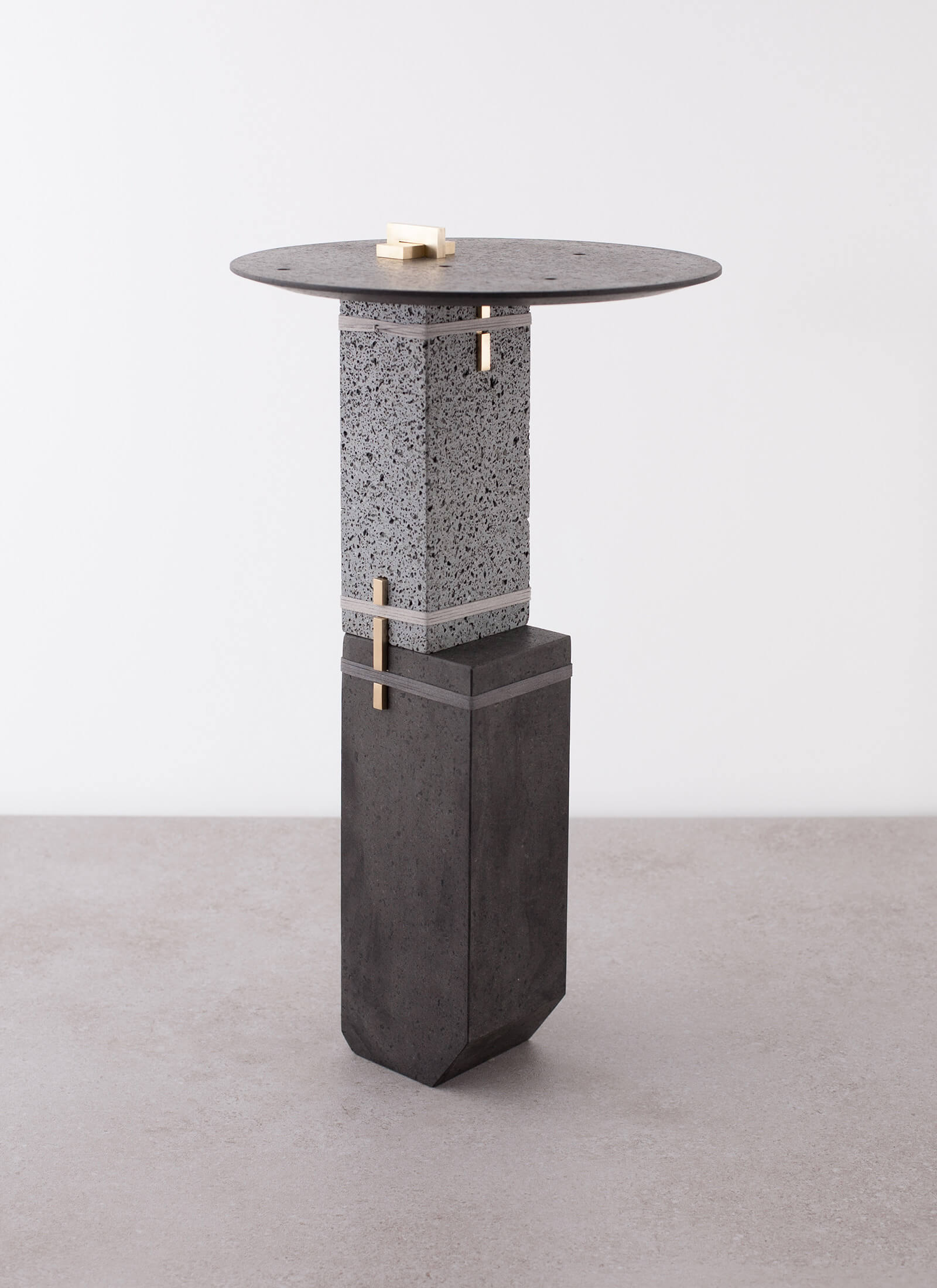
Formafantasma, ‘Denaturafossilium’ big table, 2014
COURTESY: Formafantasma / PHOTOGRAPH: Luisa Zanzani
“At the beginning of our career, our investigations were a bit more intuitive, but we have always had an attraction to the investigation of material …”
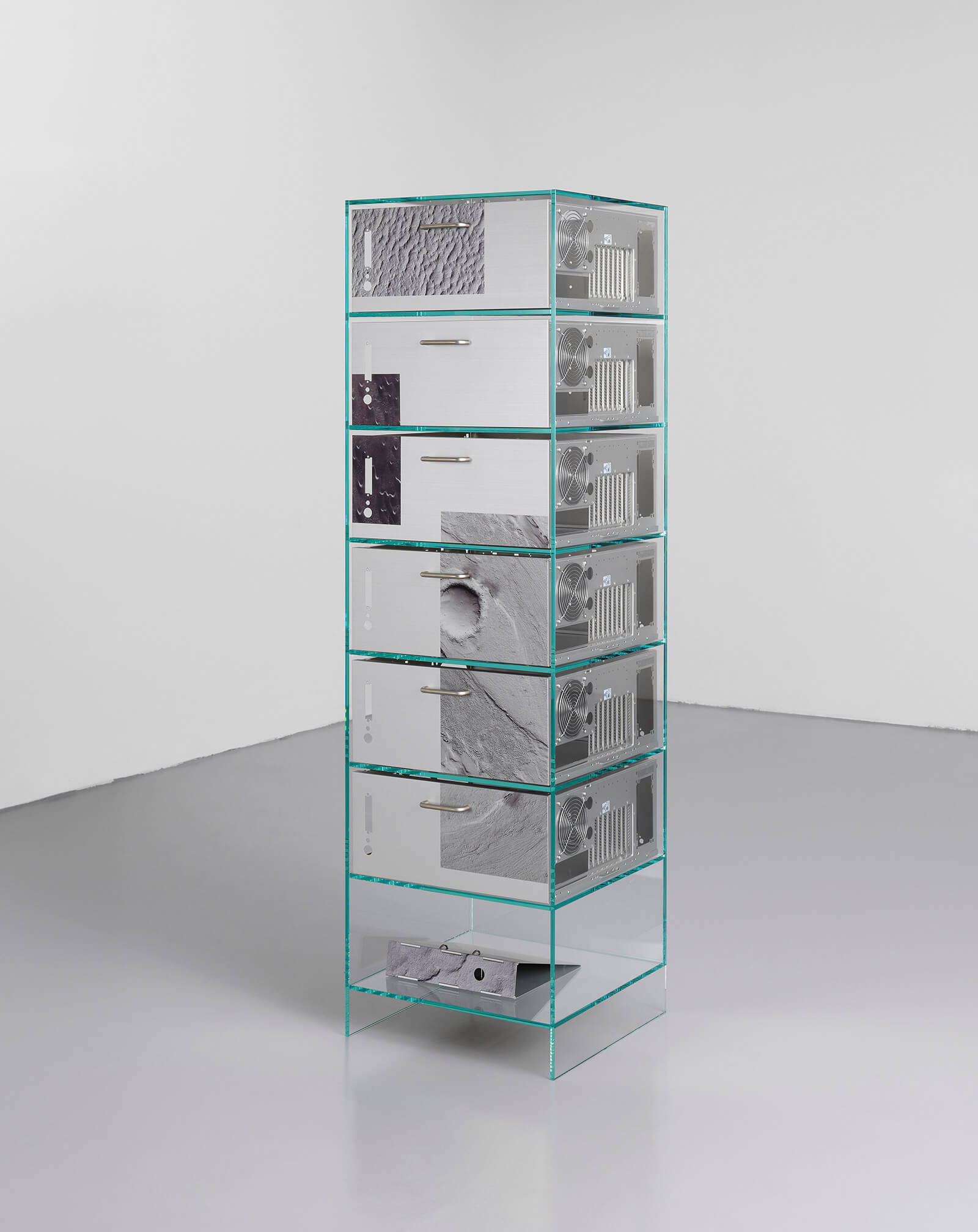
Formafantasma, ‘Ore Streams’ cabinet 1, 2019
COURTESY: Formafantasma / PHOTOGRAPH: IKOS
“… and also to the feelings, memories and historical implications that even simple raw materials can evoke”
TDE: How has your combined output evolved?
Simone Farresin: It started at Eindhoven. We consider our graduation work as the first work of our studio, but we have also evolved. So, although at the beginning of our career, our investigations were a bit more intuitive, we have always had an attraction to the investigation of materials and also to the feelings, memories and historical implications that even simple raw materials can evoke. While this was an immediate interest for us as a studio – in fact, we were doing work related to ceramics in Sicily connected to migration flows and the refugee crisis back in 2009 – it became much more programmatic in more recent years, where we try to understand the implications of our fascinations.
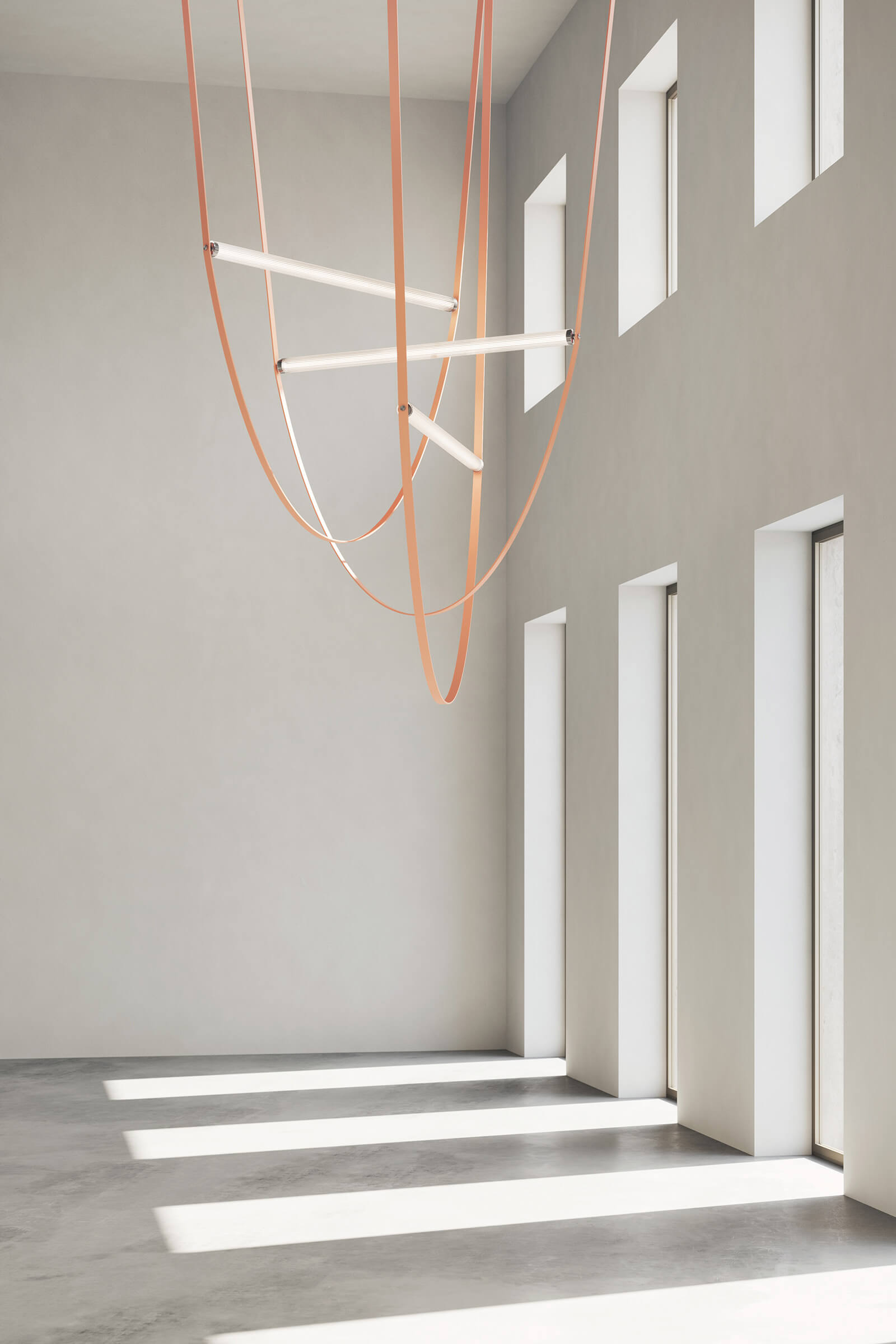
Formafantasma, ‘Wireline’, 2019. Collaboration with Flos.
COURTESY: Formafantasma and Flos / PHOTOGRAPH: Officine Mimesi
Language is clearly very important. The name Formafantasma means ‘ghost shape’ or ‘ghost form’, because we always think form is a consequence of a dialogue, of a process. When we talk about design on a higher level (just between the two of us, and not only when we are making things), it is mostly reflections on what things do, and how objects perform in life, and the impact on the environment. These larger ideas are expressed much better through words.
Andrea Trimarchi: In defining our approach, if you put Botanica together with our graduation project, Moulding Tradition, they are two projects that share a similar attitude. Aesthetically, however, they are completely different, because although we are fascinated by aesthetics we are not making an object because of that. When we did Botanica we were so surprised at the end by how the objects were looking, because that was not what we had been pursuing – we were interested in the pathway.
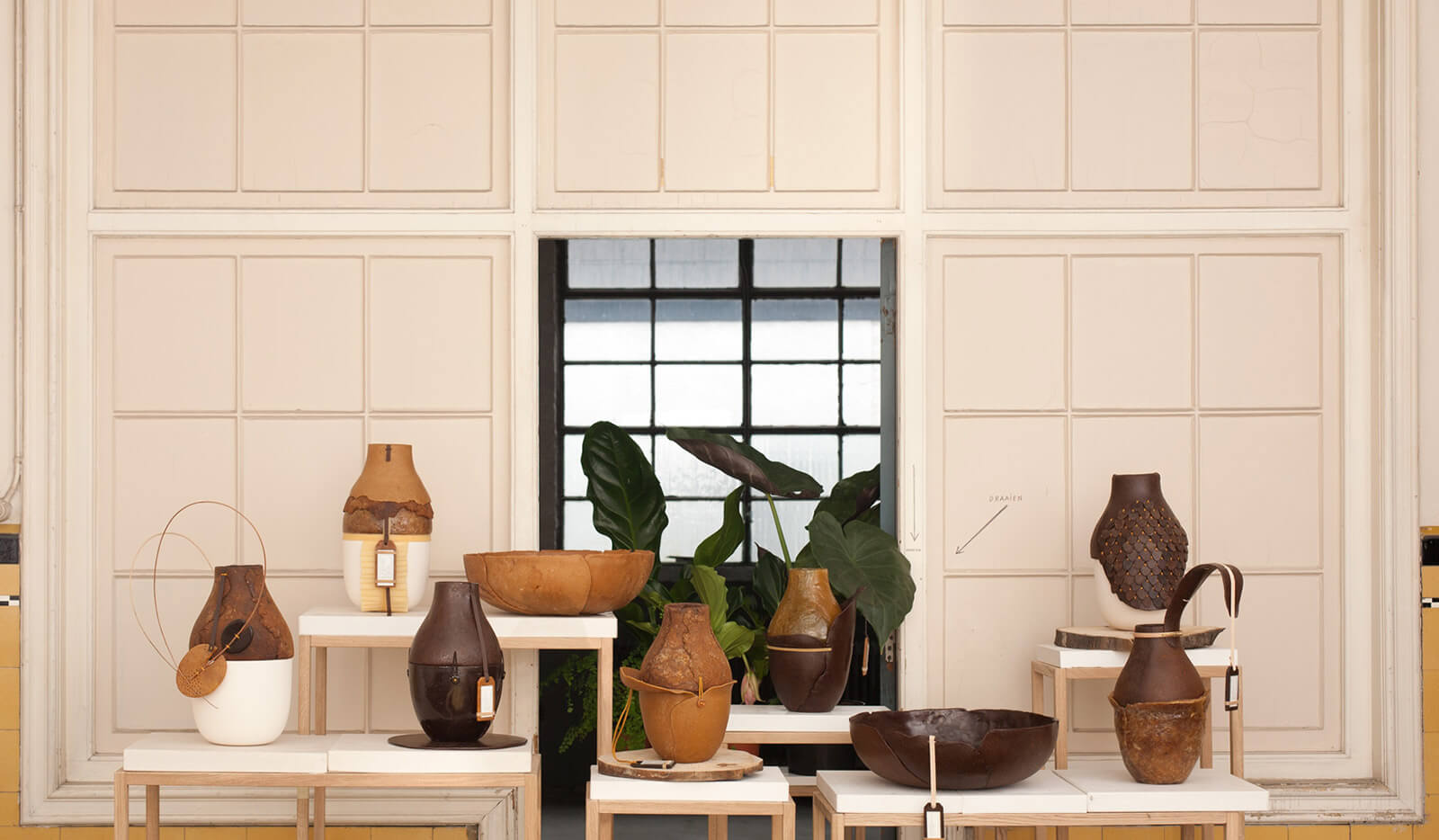
Installation view, ‘Botanica’, 2011
COURTESY: Formafantasma / PHOTOGRAPH: Luisa Zanzani
Simone Farresin: The Serpentine exhibition, Cambio, is the moment when we have been able to visualise how we operate the clearest. It is really about establishing conversations with other practitioners and considering the design discipline and its implications from a more bird’s eye perspective, and from a moral standpoint. Although the exhibition starts from the materiality of wood and of timber, it is really about understanding the infrastructure that we as designers or architects interact with when we build things – the wider governance of the timber industry.
Andrea Trimarchi: We are not focused necessarily on finished objects, as we were with Ore Streams or Botanica. The exhibition stops one step before the end result. It can be opened up in so many different ways and appropriated by others.

Installation view, ‘Cambio’, 2020. View of South Gallery, Serpentine Galleries.
COURTESY: Formafantasma / PHOTOGRAPH: George Darrell
TDE: How do you work creatively? Do you split the work, do your skills overlap and complement, or are you polar opposites?
Andrea Trimarchi: It’s all about the constant mediation that we have. On a more practical level, I am the more organised person and Simone jumps a bit from one thing to another. I am really practical when it comes to making decisions.
Simone Farresin: We learned that on the way. I am the one who could keep on wandering until the last moment, coming up with different ideas. I am a very bad decision-maker. I am always uncertain because for me there are always other options. Andrea is always, “Let’s cut the bullshit!”
Andrea Trimarchi: Probably this is the biggest difference. But I don’t like to do phone calls, so Simone does them, and I do more of the emails. So on a practical level, we divide tasks, but when it comes to the ideas, we are on the same level.
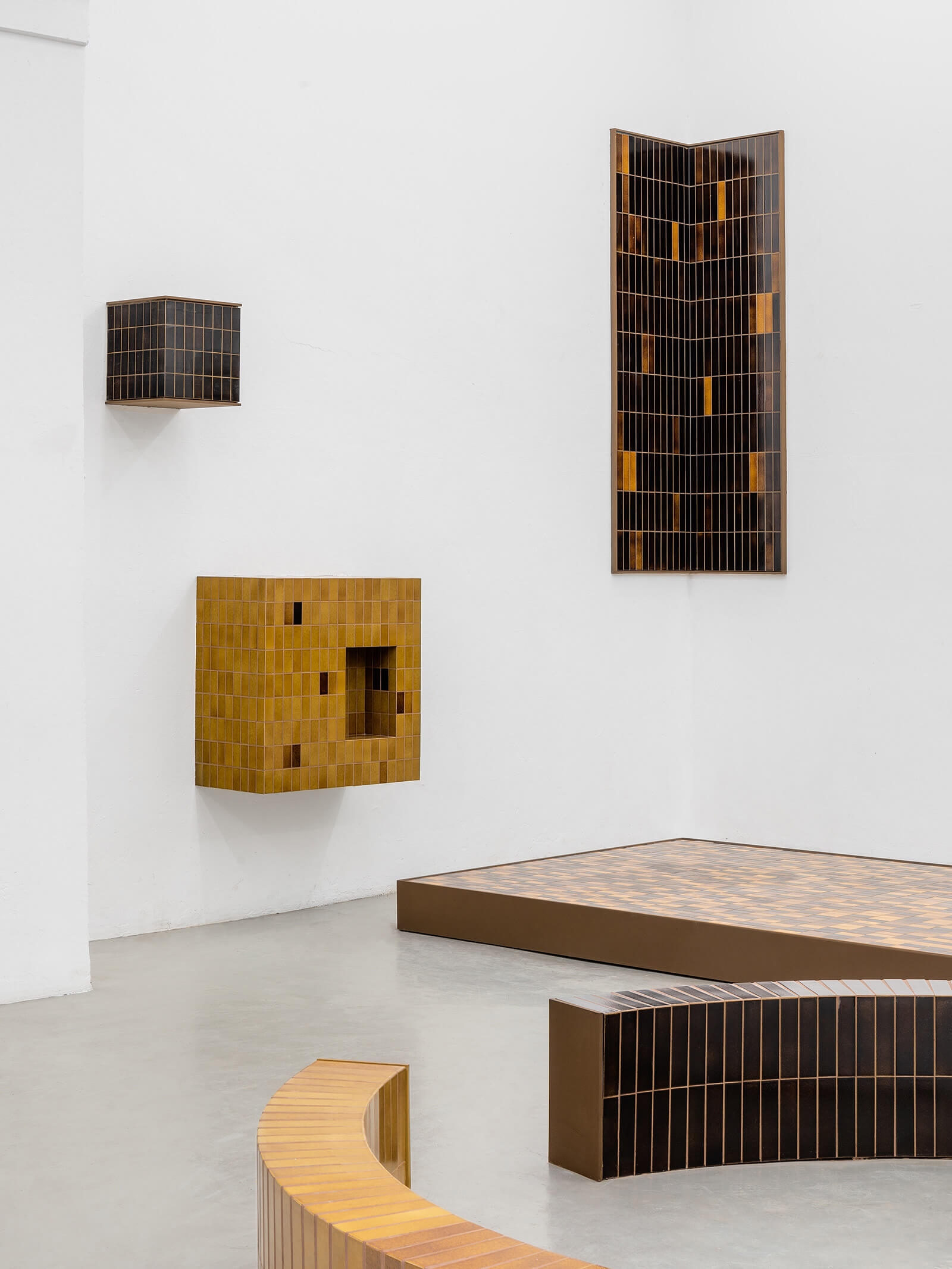
Installation view, ‘ExCinere’, 2019. Collaboration with Dzek.
COURTESY: Dzek / PHOTOGRAPH: Delfino Sisto Legnani and Marco Cappelletti
TDE: Why are two better than one?
Simone Farresin: Sometimes you need to verbalise ideas to understand them, so being two helps us. It is through dialogue that you understand where you are going. Also, as designers you are asked to work on so many different levels – you have to be entrepreneurial and set up your own studio, you have to be a designer, you have to be able to speak about your work, you have to organise production – and the methodologies nowadays mean that you can go from doing a curated show, like Cambio, to doing an exhibition design, or a product for a commercial company. Those experiences are so radically different, that even at just the practical level, two is better than one.
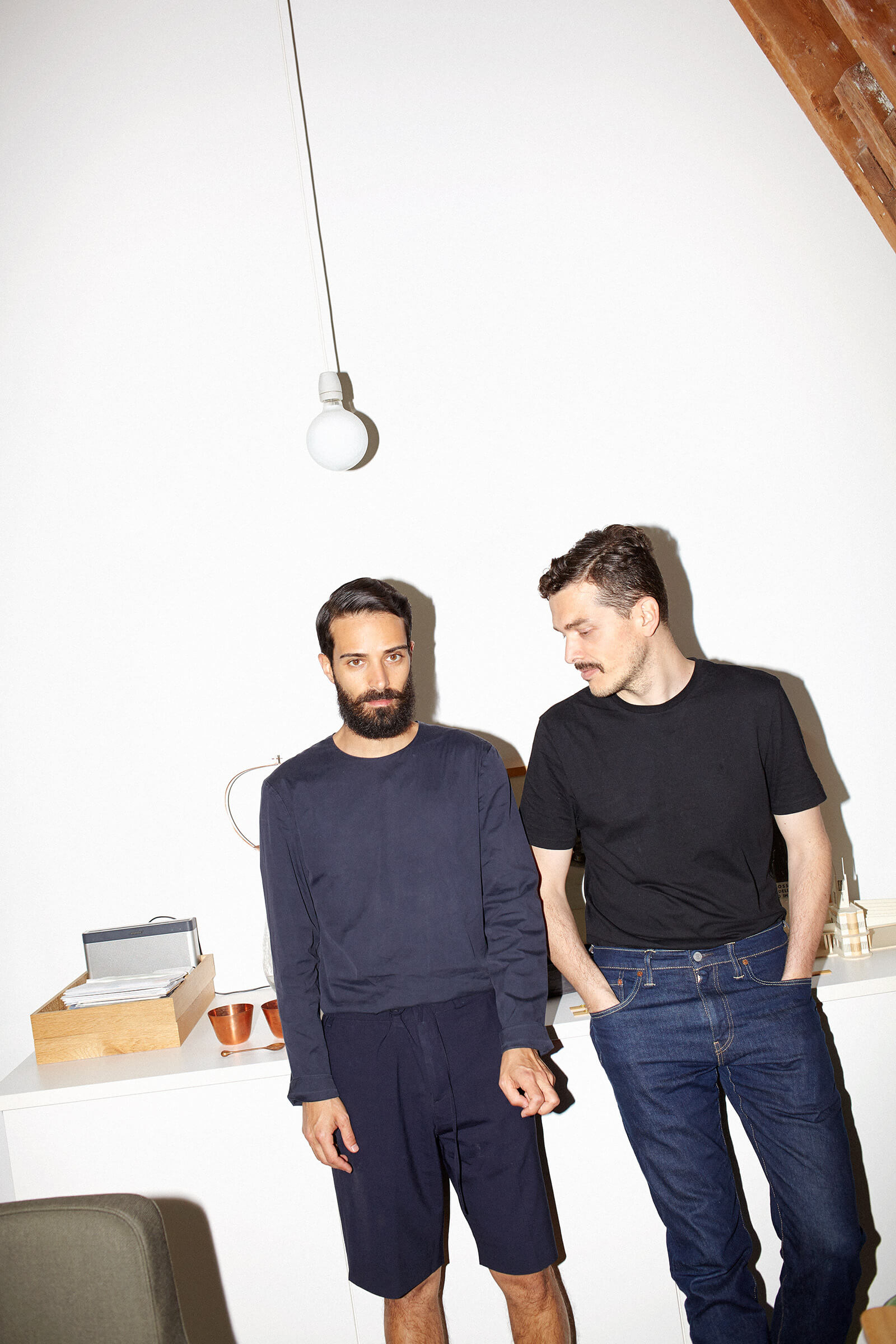
Formafantasma
COURTESY: Formafantasma / PHOTOGRAPH: Simon @simon171
TDE: What are you up to now and in the immediate future?
Andrea Trimarchi: Of course we were very scared at the beginning of lockdown as a lot of our work was cancelled. But strangely enough, a lot of work came during the pandemic. Next year we will start a new project, more research-based, for a museum, based on the relationship between humans and animals. Beyond that, we will primarily be focused on exhibition design, as a result of the exhibition we curated at the Rijksmuseum (Caravaggio-Bernini: The Baroque in Rome). One will be the exhibition opening at the end of this summer in Venice for the Biennale of Venice, where all the curators for all the art forms are organising a retrospective of 120 years of Biennales. And then in September, we are starting a Masters Department in Eindhoven called Geo-Design, and the first trimester of the course will be about Cambio. The students will be working with our own research. And they will expand it and make it their own.
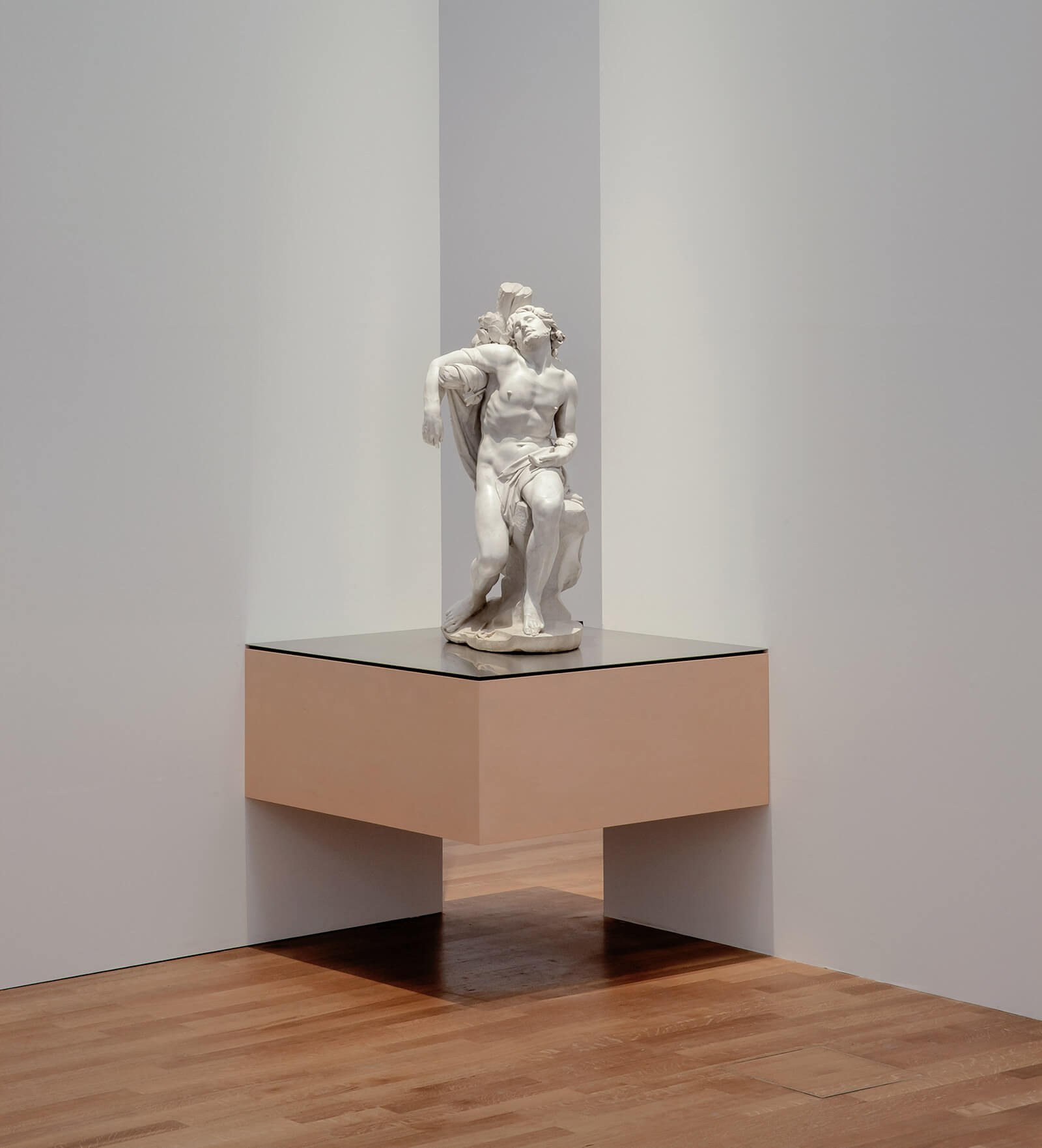
Installation view Rijks Museum design of ‘Caravaggio-Bernini. Baroque in Rome’ exhibition, 2020
COURTESY: Formafantasma / PHOTOGRAPH: Eddo Hartmann
Andrea Trimarchi and Simone Farresin are Studio Formafantasma, an Italian designers duo based in Amsterdam, The Netherlands.
Caravaggio-Bernini: The Baroque in Rome runs until 13th September at the Rijksmuseum.
Formafantasma: Cambio at the Serpentine Sackler Gallery will reopen on 29th September.
